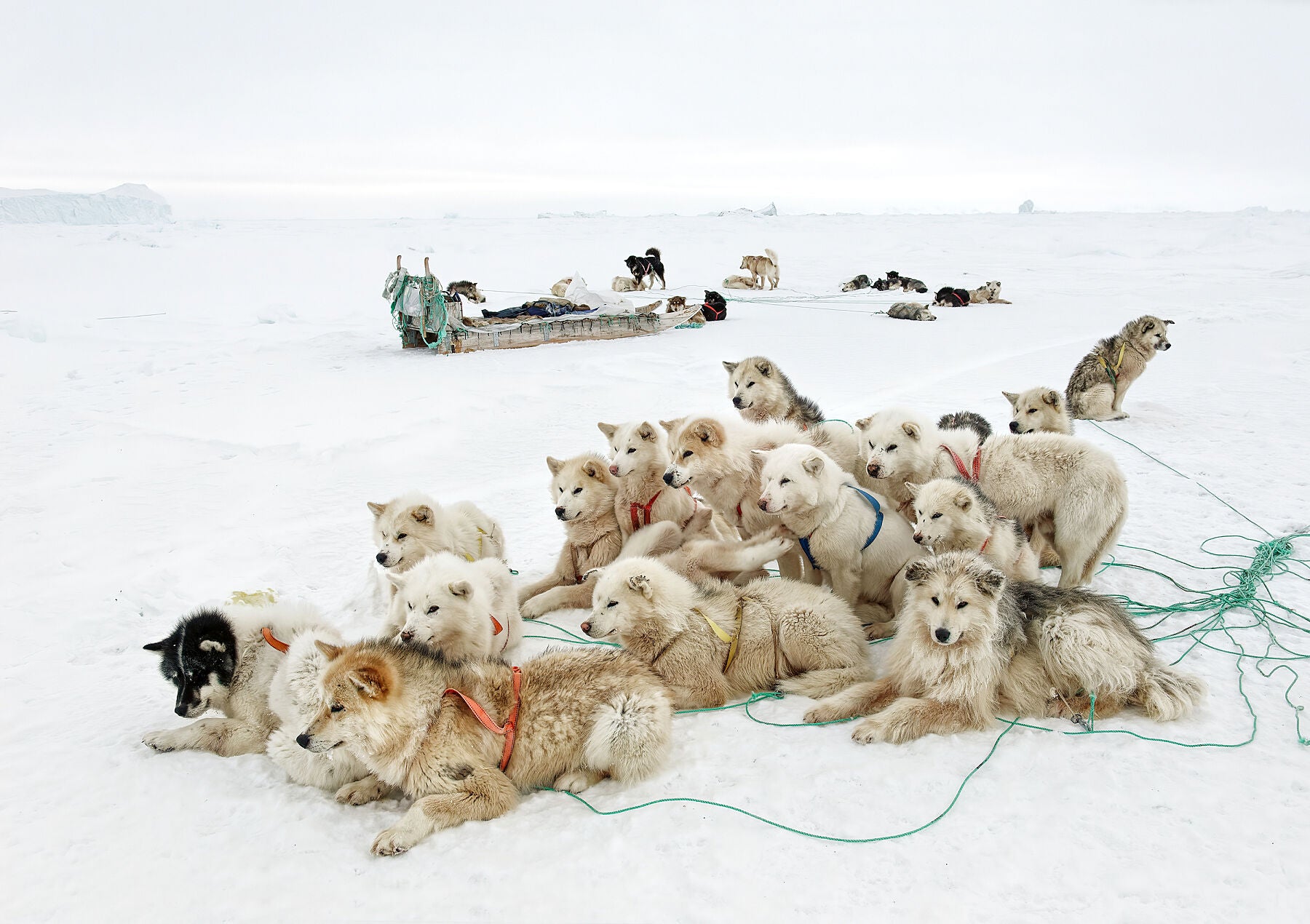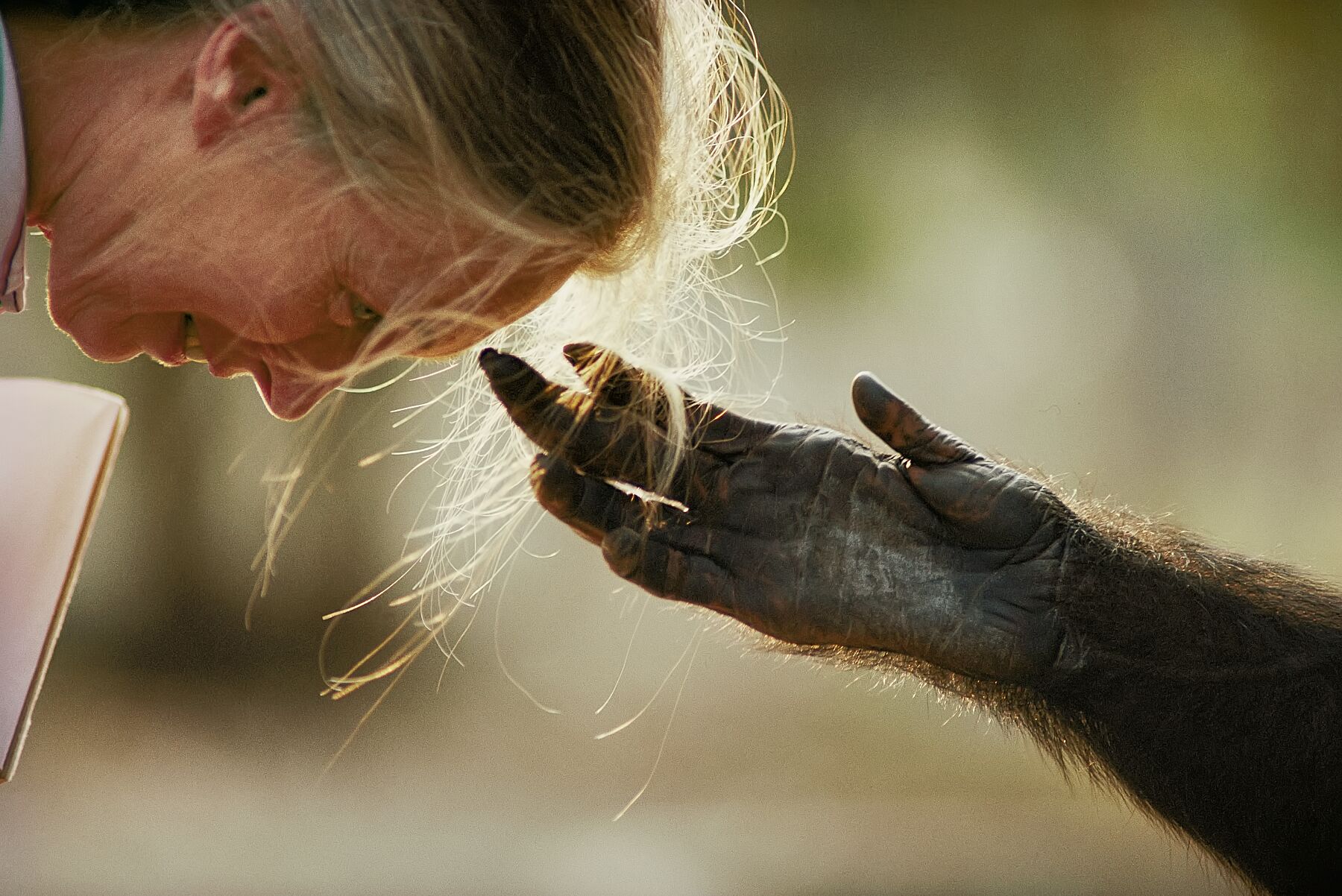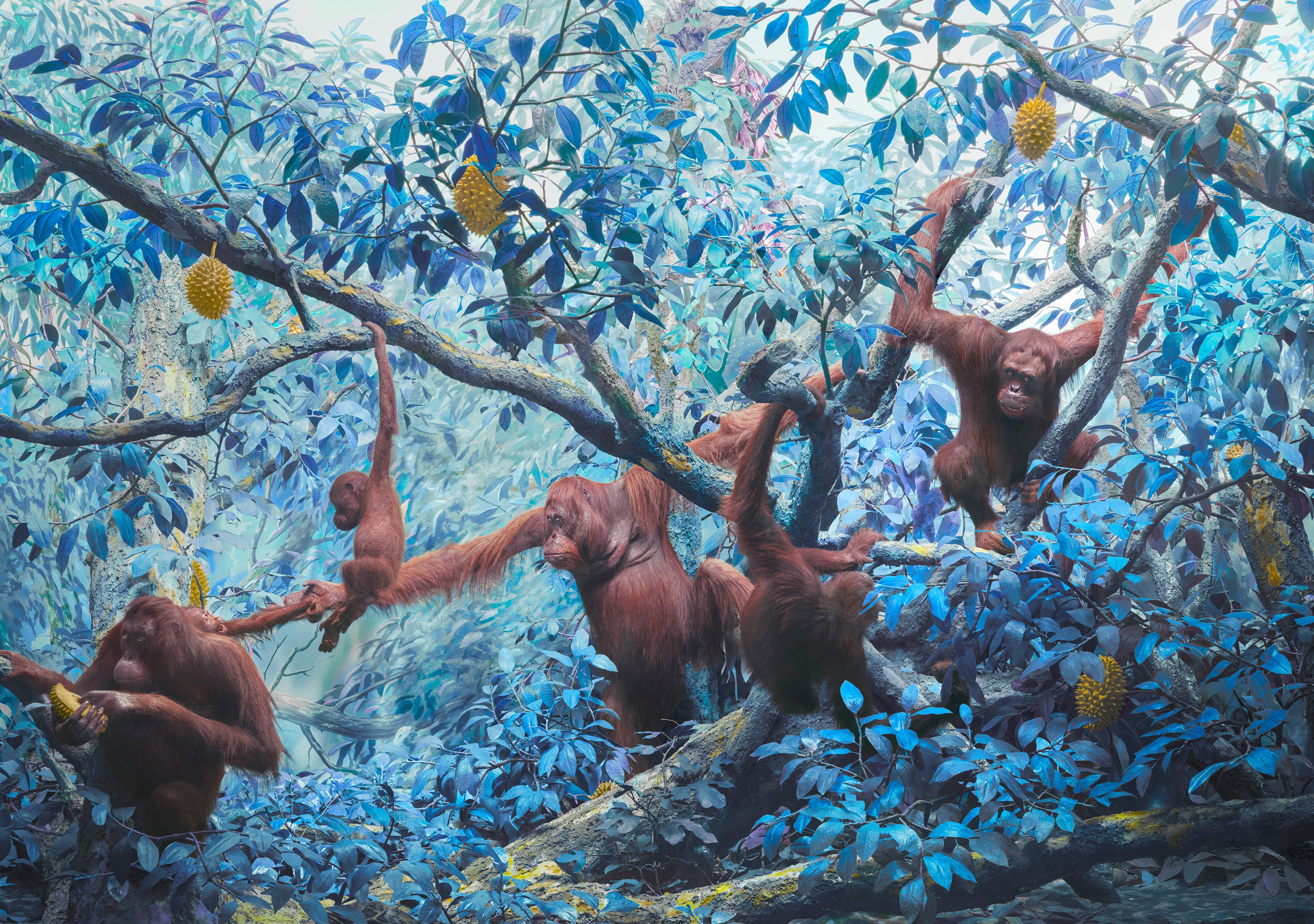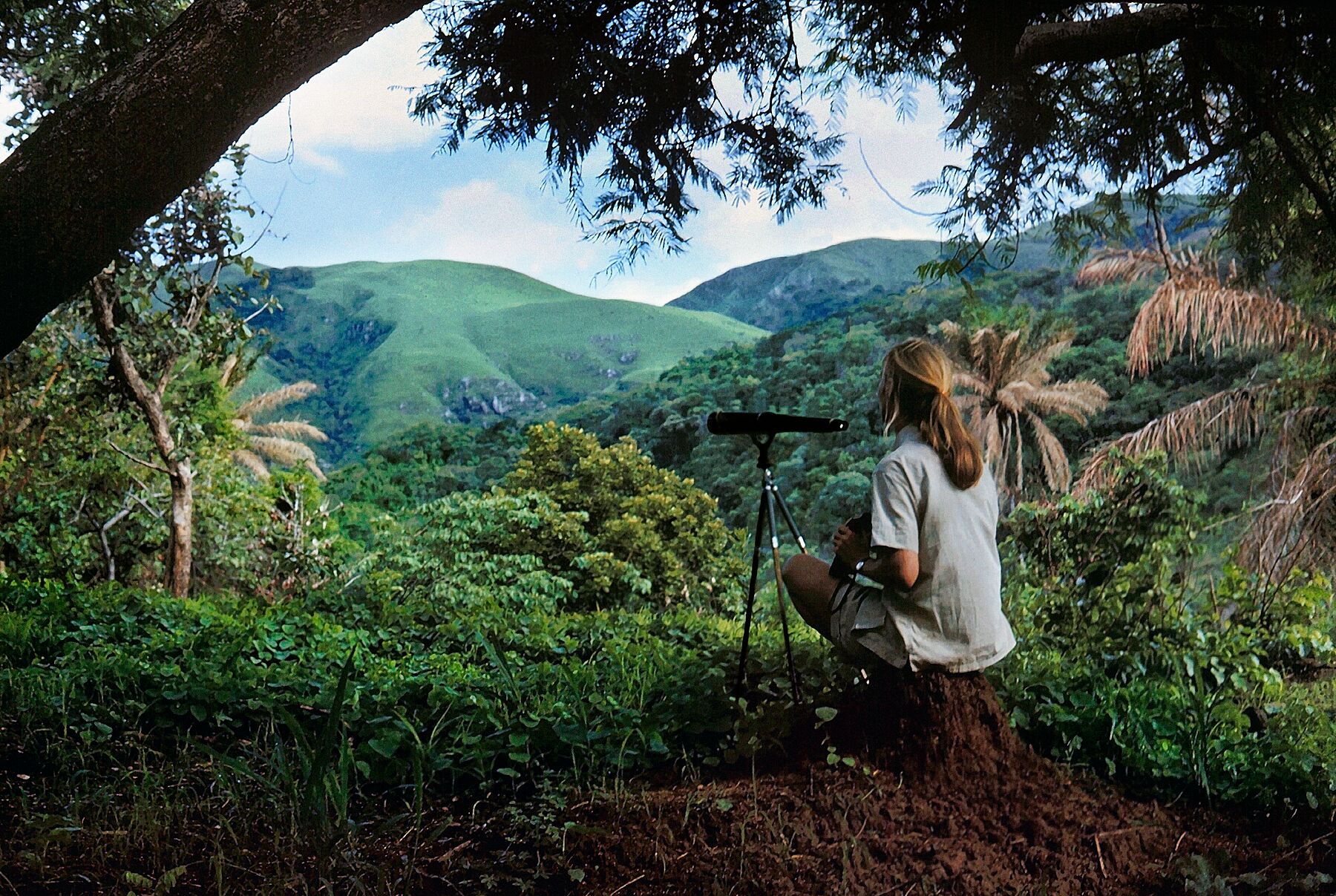Tiina Itkonen. Qimmit, Savissivik, North West Greenland, 2018. Limited Edition.
Qimmit, Savissivik, North West Greenland, 2018
Archival Pigment Prints on Hahnemuhle Photo Rag Ultra Smooth paper
Image size 60 x 85 cm
ed 7 (available 2-7/7)
Image size 80 x 110 cm
ed 7 (available 1-7/7)
The skill and courage of Greenland’s subsistence hunters have kept Inuit people alive and fed for more than a thousand years. Here in the far ice-covered north where farming is not possible, the hunting of seal, walrus and other Arctic animals is still a vital part of life and a main source of food for many households.
North West Greenland is one of the rare places in the world where dog sleds are used for hunting out on sea ice. In recent years hunting on the sea ice has become more dangerous, as sea ice is getting thinner and thinner. Hunters encounter more open water now. They cannot access the areas where they used to hunt on the sea ice.
In Greenland, sea ice is disappearing at a rate of about ten percent a decade. The Arctic is predicted to become mostly ice free in summer by mid-century. The age-old culture of on-ice subsistence hunting is already feeling disruption. It’s possible this way of life will be lost forever.
“Qimmit” is Greenlandic and means dogs. From the project Piniartoq, a collaboration between polar scientist Dr. Kristin Laidre, science writer Susan McGrath and photographer Tiina Itkonen.
Tiina Itkonen, a photographer from Finland, has been documenting Greenland and its inhabitants for thirty years. She has traveled more than 1,500 kilometres along the west coast of Greenland by dogsled, fishing scow, sailboat, oil tanker, cargo ship, helicopter and small plane. Since 2017 she has been documenting the traditional life of the Inuit hunters and their families and collaborated on this project with American polar scientist Dr. Kristin Laidre and science writer Susan McGrath.
Follow Tiina on Instagram @tiinaitkonen.











